“The pursuit of victory in space can only be achieved with Tools, Will, and Knowledge. No other theatre of warfare so discourages pointless heroics as that of the endless ocean of Space.”
Rear Admiral Janessa, Charabidian Royal Clan.
Excerpt from first year Terran Naval Academy lecture, Instructor Dan Moralis.
Space is really, really big. Its a lot bigger than people think it is. A lot bigger. The problem with evolving on a small, wet rock is that you set all your scales to the small wet rock and when you get out into the wider universe you fail to realise just how mind bogglingly big space is.
To compound the problem, space is largely boring and empty. Its mainly made up of, well, space and that space doesn't have a lot in it. Most of the interesting stuff happens in the gravity wells of stars, and even then most stars are pretty dull, just massive natural fusion reactors turning hydrogen into helium for umpty-billion years with a few dull rocks spinning around.
Some stars are more interesting. Thanks to luck, some divine spirit or pure statistics, they have rocks that have life on them. And life is very, very interesting. Often, life is very interested in other life. And so it comes up with a bunch of clever ways to get to other interesting rocks, and then decides that actually other life is disgusting and should be neutron bombed. And then it decides that letting a perfectly good habitable world, a 'Garden World', go to waste would be very silly, so they move in until someone else comes along and neutron bombs them.
To prevent neutron bombing (and asteroid slinging, and Kinetic Kill Systems, and any number of other ways of stopping life from living) most sentient life will build warships. Now, even the biggest warship is really, really, really, really small compared to the wider solar system, never minding the whole galaxy. Which means you either have to build umpty-billion warships and somehow crew them to protect the whole star system, or concentrate the dozen you can build where they can do some good. And that tends to be in orbit around a wet rock you own.
This means, that most battles (despite what holo-shows say) do not occur in the starry void, but in the upper orbits of a planet, or on the direct approaches to the upper orbit of said planet. For as long as interstellar civilisation has been around, which is much longer than us, this has been a truism of space combat. This means that even though the laws of physics allows for combat at extreme ranges, in fact most battles take place within hundreds of kilometers, which sounds like a lot, but in terms of space is not even popping to the shops to buy milk.
To approach these problems, most races have developed the same set of solutions, over and over, to build functioning fleets. While it might seem odd that each race has developed a fleet along the same lines, its worth bearing in mind that even though space is big, its the same were ever you go and poses the same challenges in design and logistics. Namely, you have to fit everything and a crew into one metal can, detection is strictly speed of light but communication is not, and that a planet is useless if its blown to bits. Factor in long periods of contact, both peaceful and less peaceful, and its pretty much no surprise that everyone built fleets that function, broadly, the same way using the same tactics.
When comparing ships, its worth remembering their energy profile. A ship loaded down with massive weapons has a massive energy profile, and can be seen and accurately targeted from a long way away, like a Christmas Tree your drunk uncle set on fire. Smaller ships have a smaller profile, but can still draw attention if they fire their weapons in a rapid cycle without letting heat escape into the void. This means dreadnoughts and battlecruisers are much, much easier to shoot at in the midst of combat than a frigate maintaining the same level of activity, so the big boys of a fleet should expect to draw more firepower than their smaller contemporaries. Obviously, races approach this problem in different ways, with different war loads for their ships to either hide them more effectively or pump out more firepower quicker than the other guy can. Neither tactic is 'better' than the other, as its almost impossible to hide in space anyway, just make it harder to get hit in the first place.
The Terran Defence Fleet divides ships into the following broad classes. Each Core Power does the same, and most of the Rim Collection and the Minor races do as well.
Single Ship
The single ship encompasses a broad set of fighters, bombers and combat 'mechs designed for close engagement. Almost all have a crew of one pilot, or for the larger bombers, less than five. Deployed in squadrons of six, each single ship is designed with manoeuvrability and fire-power as priorities, and defence a distant secondary.
Destroyer
Small ships (less than 450m long) designed to make attack runs on larger ships. Often built around a single, capital class weapon they operate in wolf packs to bring down larger prey, and are hunted by Frigates and Single ships.
Frigate/Escort Carrier
Frigates are the front line skirmishers of any fleet. At between 500m and 600m long, they guard the bigger ships backs against Destroyers and single ships, shooting down fighter waves and intercepting destroyers. Escort carriers swap out weaponry for a squadron of fighters, and are mainly found in police and garrison forces, running down pirates and smugglers. This is the largest class of vessel that is still atmosphere capable.
Cruiser/Carrier
The 'poor bloody infantry' cruisers make up the bulk of all the Core Fleets, and are pretty big at about a kilometer long. They are either built around batteries of heavy weapons, or a single spinal mount. Carriers swap heavy weapons for 4 fighter squadrons and often end up leading Frigate Squadrons in smaller engagements.
Battlecruiser/Battle carrier
Battlecruisers attempt to jam a Battleships worth of firepower in a Cruiser speed hull. Bigger than Cruisers at about 1.5 kilometers, they often have a pair of spinal mounts and a secondary battery of turreted heavies. Because of their massive signatures at full operation and cruiser level defences, they have a real glass jaw and the concept has never taken off, but every now and again someone else tries to make it work. The battlecarrier combines cruiser firepower and carrier fighter group into a single large hull, and ironically, works fairly well as a small fleet command vessel or squadron command vessel for cruisers in a larger engagement. Many races convert their Battlecruisers to Battlecarriers.
Battleship/Fleet Carrier
The battleship is a big, nasty brute built explicitly for exercising naval power. Equipped with two or three spinal mounts and several batteries of capital weapons and often over 2 kilometers long, the Battleship can take on and destroy just about anything in space. Fleet Carriers are massive launching platforms for fighter squadrons, carrying 8 squadrons and a battery of capital weapons.
Dreadnought/Super Carrier
Dreadnoughts (also known as 'Super Capitals) are very rare, flagship units. Often built around devastating super-spinal mounts and multiple batteries of very heavy capital weapons, they combine heavy defences with massive firepower. Super Carriers are somewhat more common, and deploy 16 squadrons of fighters into the fray, and are well defended. Super Carriers often function as the fleet command unit in planetary assaults and fleet engagements.
All carriers can be reconfigured to launch drop ships for planetary assault operations, and several races deploy dedicated assault platforms for this express mission.
Weapons:
Weapons fall into three main categories.
Energy Projectors
Including lasers and plasma, these weapons come in two broad types: devastating spinal mounts and point defences. Energy projectors bore through armour and blast through point defences and ECM, but because they draw massive amounts of power and have to be pointing out the front of the ship, telegraph their attacks. Laser point defences are rare, power intensive and very effective, but come with the downside of lighting up a ship for easy attack thanks to their massive thermal signature.
Railguns and Autocannon
Really, really big guns. These take bits of metal and make them go very fast. However, in terms of the distance they have to cover, very fast is still 'kinda slow', so most vessels will use lots of them to smother an area in shots to make some stick. Too small and fast to be shot down, the only defence is armour and not being hit in the first place. Point Defences are often made up of batteries of railguns and autocannon, as they produce less heat than lasers and can fill space with shrapnel and chaff to drive off fighters and blow up missiles.
Missiles
The swiss knife weapon system, missiles are slower than railguns, but have a longer effective range than even lasers because they can correct their flight paths to home in on targets and manage their fuel consumption to cruise longer. Can be shot down by interception systems, and have to penetrate armour, but big batteries of missile launchers can be devastating weapons.
A note on stealth, ECM, shields and gravity.
Stealth is almost impossible in space. But it can be possible to be very hard to detect. By shutting everything down a ships signature can be reduced so that only close range scans and looking out the window will detect it. Signature reduction systems focus on banking heat in specialist heat sinks until they can be safely released. As soon as the ship goes 'active' again, you end up with a massive heat spike that is easily detected by local vessels. ECM (Electronic Counter Measures) is used by all races to try and mask their vessels from attack, and a constant battle is thought between the sensor operators of either side to tune out jamming and get a clean lock.
Shields do exist, but are so power hungry and equipment intensive they are generally found attached to stationary targets such as stations and ground facilities, and these shields generally work by keeping everything out and not letting anything escape. All interstellar ships generate an electromagnetic deflector field to move micro debris, but this has no effect in combat.
All ships FTL drives work to manipulate gravity to create wormholes. While the drives are inactive, they can be used to create deck orientated gravity and protect against acceleration. Most ships are rated for various gravities of acceleration, with the smaller ships able to be rated much higher thanks to the reduced energy costs in protecting them.
Faster Than Light Travel (FTL) and Star System Travel (SST)
FTL is managed through the creation of temporary worm holes. These wormholes are very unstable and require huge quantities of power to produce, and have an effective range of about 150 lightyears, but allow near-instantaneous travel from point to point. During travel the gravity is shut down and acceleration will fully affect the crew and ship, so it is wise to strap in or clip on to something to stop you splattering against a bulkhead. Larger vessels often create wormholes for smaller vessels to travel through first, so they can enter the target zone combat ready and establish a perimeter, but all interstellar ships are equipped with an FTL drive.
The biggest bottleneck to interstellar travel is not distance using this system, but energy. Most ships take several days to charge the capacitors to make another jump possible, so most civilised systems have recharge stations in the outer system that allow for a quicker turn around. Notably, wormholes cannot be generated in planetary gravity wells or too close to a star. Most fleets will therefore warp into the edge of a system, recharge for several days, then move to attack their objectives. Done properly, this will not alert the systems defenders, but many races dot their outer trojans with automated listening posts that can alert them of enemy fleets warping in, giving their reinforcements time to arrive and their in system defenders time to ready.
For Star system travel, most ships use ion drives, which produce a constant stream of charged ions to drive a ship forward. Some advanced races use the creation of steep gravitic inclines to 'draw' and 'push' a ship forward, while more primitive races use advanced chemical reaction rockets or fusion engines.














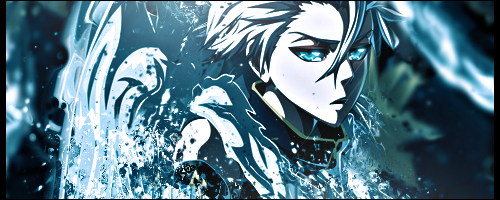




















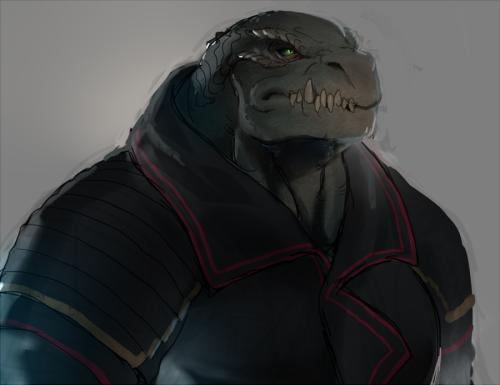


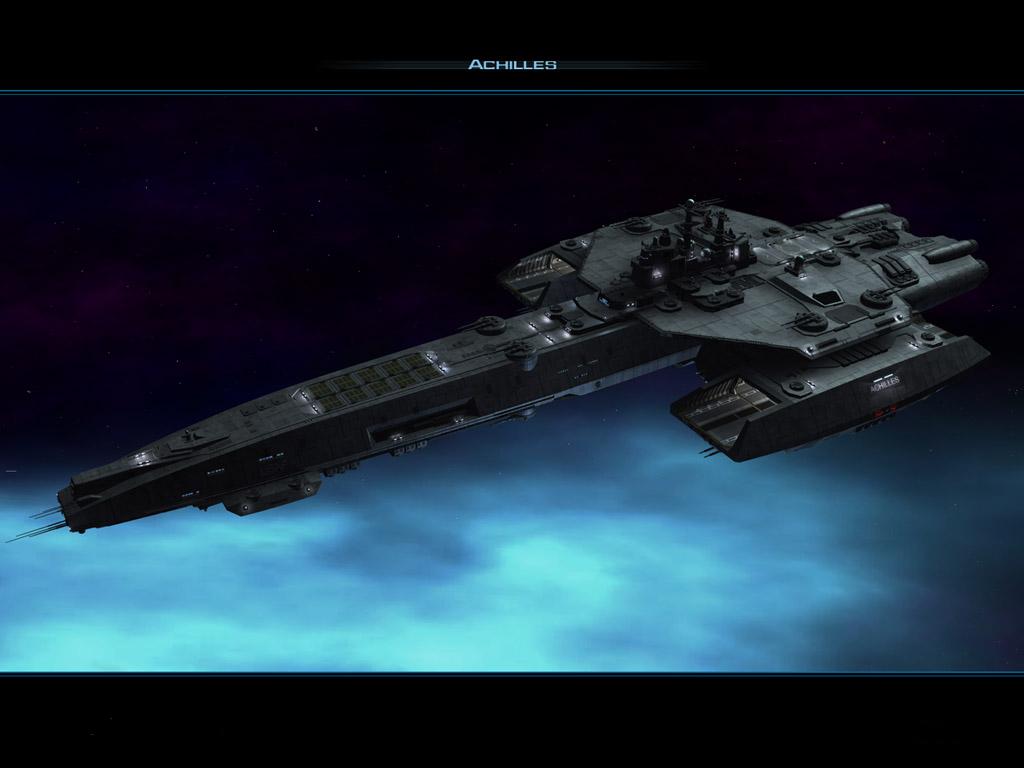
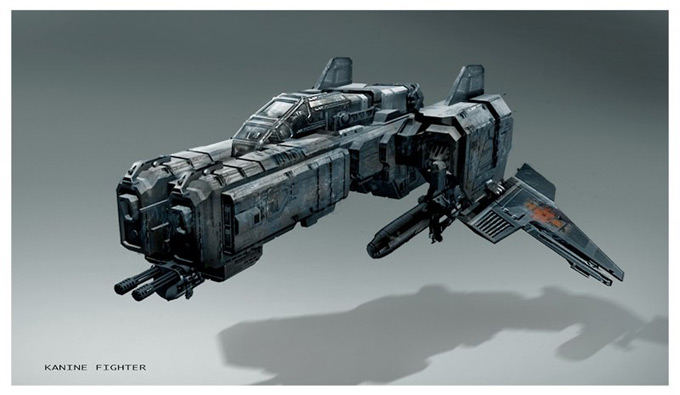


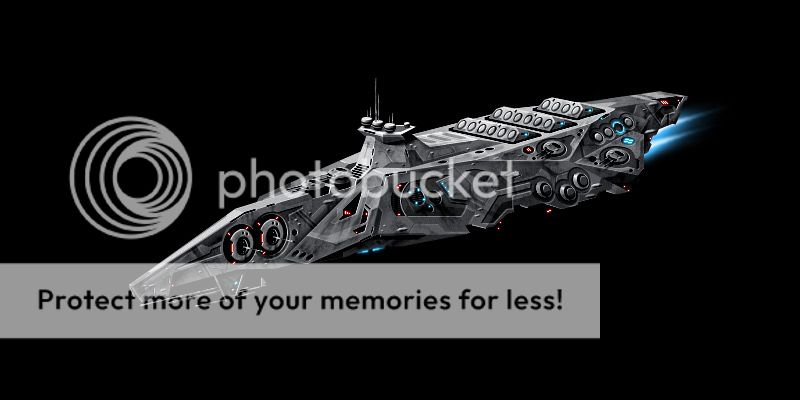




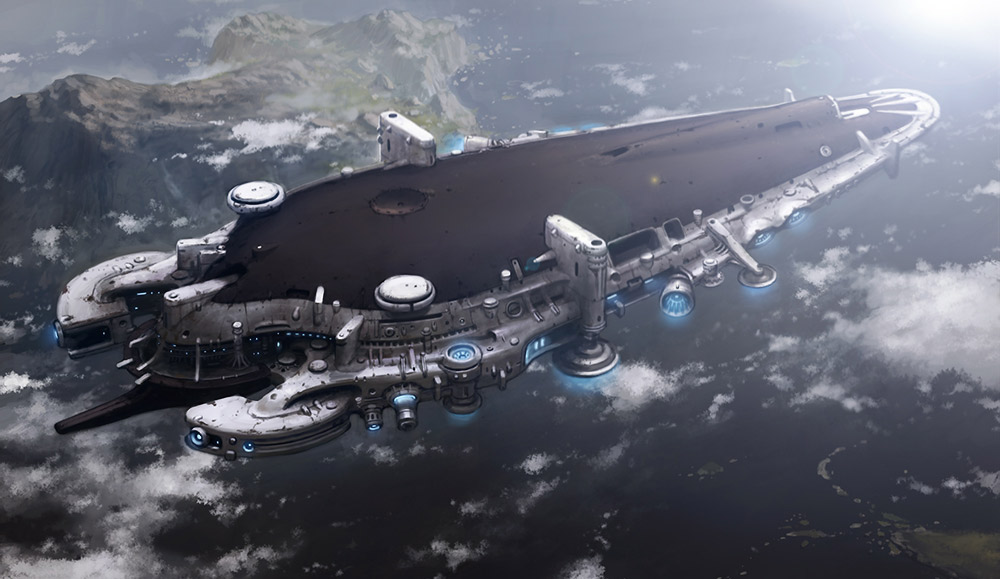








Bookmarks